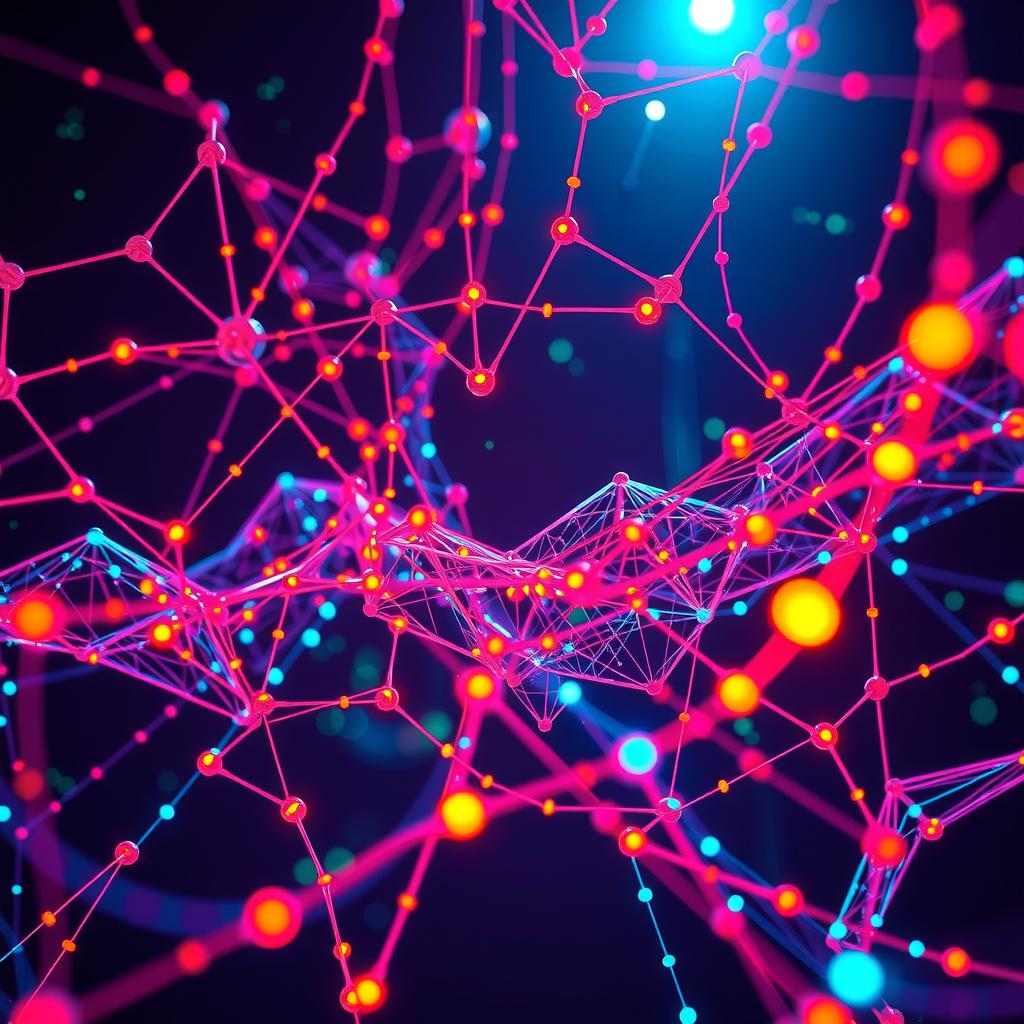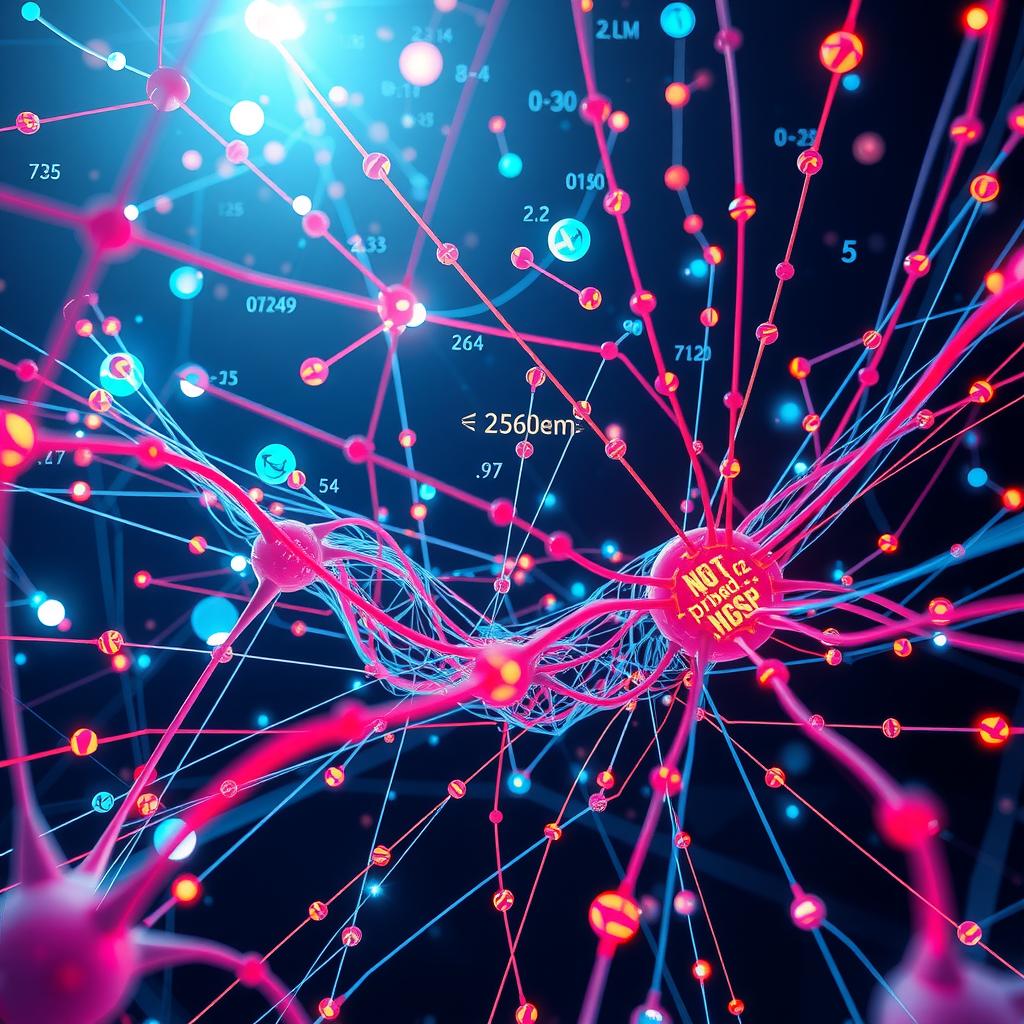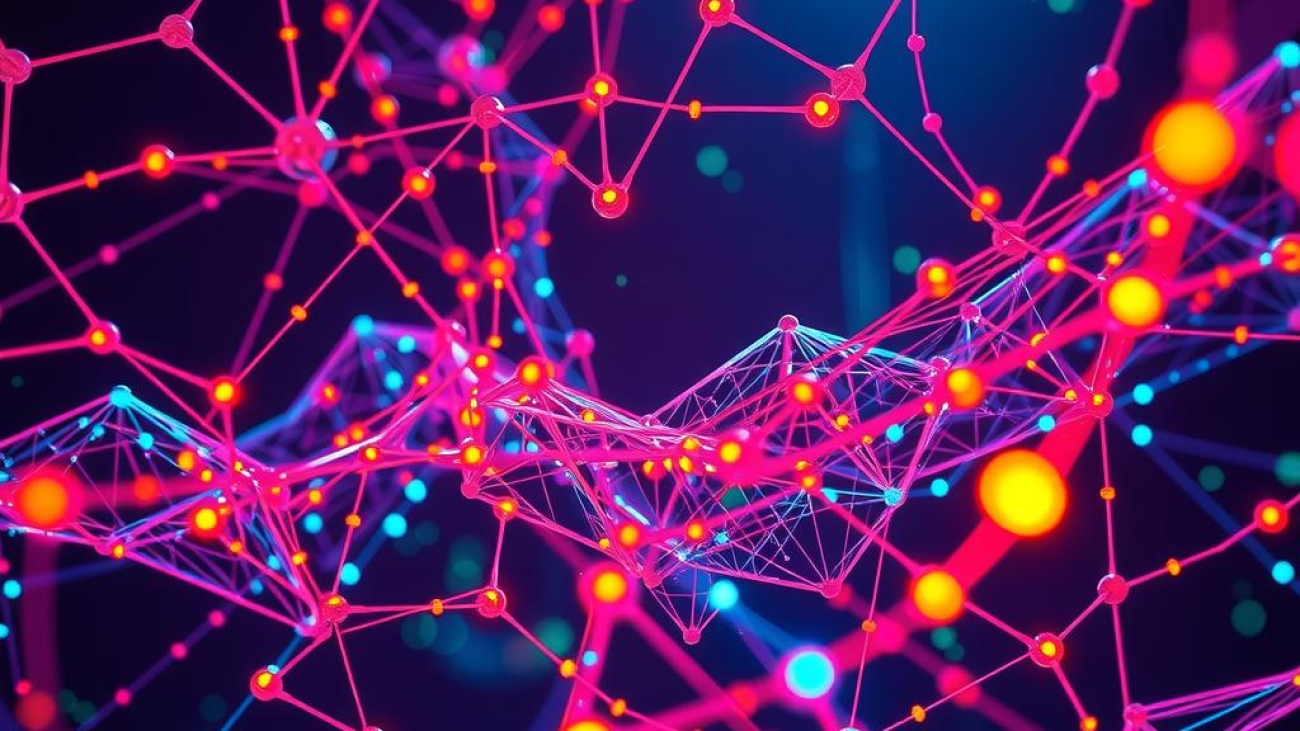In the rapidly evolving field of deep learning, overfitting stands as one of the most pervasive challenges faced by practitioners and researchers alike. This phenomenon occurs when a model learns not only the underlying patterns in training data but also captures noise and anomalies, leading to poor performance on unseen data. As neural networks grow increasingly complex, their capacity to memorize rather than generalize becomes more pronounced, posing significant barriers to successful deployment in real-world scenarios. The implications are profound; a model that fails to generalize can mislead decision-making processes across various domains—from healthcare diagnostics to financial forecasting.
To combat this issue, it is essential for those involved in model training to explore effective regularization techniques aimed at enhancing performance improvement while ensuring robust generalization across datasets. Regularization acts as a safeguard against overfitting by imposing constraints or penalties during training. By doing so, it encourages models to prioritize simplicity and relevance over mere memorization of specific instances within the dataset. With a multitude of approaches available—ranging from dropout layers that randomly deactivate neurons during each iteration to L1/L2 regularization methods that apply penalties based on weight magnitudes—there exists an array of strategies tailored for diverse applications within deep learning frameworks.
Moreover, incorporating techniques like data augmentation, which artificially increases the volume and diversity of training data through transformations such as rotation or flipping images, can further bolster a model’s ability to generalize effectively without compromising its integrity. These practices not only enhance resilience against overfitting but also enrich the learning process itself by exposing models to varied representations of input data.
As readers delve into this article exploring these vital regularization methodologies for preventing overfitting in deep networks, they will uncover practical insights designed for both seasoned professionals and newcomers eager to strengthen their understanding of this critical aspect in deep learning development. Each technique discussed herein provides valuable knowledge that can be leveraged toward building more reliable neural networks capable of performing optimally under varying conditions—a necessity in today’s increasingly data-driven world.

Essential Insights on Effective Regularization Strategies to Combat Overfitting in Deep Learning Models
In the realm of Deep Learning, practitioners face an ongoing challenge: how to design models that do not merely memorize training data but instead exhibit robust generalization capabilities. This issue, known as Overfitting, can significantly impair model performance and limit its effectiveness across real-world applications. As neural networks continue to ascend in complexity for various tasks, understanding effective regularization strategies becomes vital.
One critical approach to mitigating overfitting is through the implementation of dropout layers within neural network architectures. By randomly setting a portion of neurons inactive during each training iteration, dropout acts as a form of noise that forces the model to learn redundant representations. This technique encourages broader feature utilization and significantly enhances generalization by preventing reliance on any single pathway within the network.
Another valuable method lies in applying L1 and L2 regularization techniques. These approaches involve adding penalties based on the magnitude of coefficients associated with input features in loss functions during model training. L1 regularization promotes sparsity in weights by driving some parameters toward zero, effectively simplifying the model and enhancing interpretability. In contrast, L2 regularization discourages large weight values, leading to smoother decision boundaries—both contributing positively towards reducing overfitting.
Moreover, incorporating batch normalization into deep learning workflows has proven beneficial for improving performance while combating overfitting tendencies. By normalizing layer inputs during training phases—adjusting means and variances—this technique accelerates convergence rates while stabilizing learning processes across mini-batches of data. The consistent distributional properties achieved through batch normalization enable deeper architectures to train more effectively without succumbing easily to overfit scenarios.
Practical solutions such as Data Augmentation also play a pivotal role in enriching datasets used for training deep learning models. By artificially expanding existing data through transformations like rotation or scaling, practitioners can create diverse scenarios where their models are exposed to various variations of input data patterns. This practice ensures that the trained models develop resilience against unseen examples or perturbations when deployed outside controlled environments.
By integrating these innovative regularization strategies into their workflows, machine learning professionals can enhance predictive accuracy while bolstering operational efficiency amidst complex challenges posed by overfitting. Engaging actively with these methods equips practitioners with comprehensive tools necessary for mastering deep networks’ intricacies—a fundamental step towards achieving superior model performance tailored for real-world applicability.

Understanding Overfitting in Deep Learning
The Complex Challenge of Model Generalization
Overfitting is a critical issue in the realm of deep learning, particularly when it comes to training neural networks. This phenomenon occurs when a model learns not only the underlying patterns within the training data but also its noise and anomalies, resulting in excellent performance on that specific dataset while failing to generalize well to unseen data. The challenge lies in striking a balance between fitting the training data closely and ensuring that the model can perform effectively on new, diverse datasets. When overfitting happens, models exhibit high accuracy during model training, yet their performance deteriorates significantly during validation or testing phases. This discrepancy highlights an essential aspect of machine learning: generalization.
To combat overfitting, practitioners often employ various generalization techniques such as regularization methods—specifically L1 and L2 regularization—that constrain model complexity by adding penalty terms to loss functions. These approaches help reduce model sensitivity to fluctuations within the training set, thereby enhancing predictive power across other datasets. Another widely used strategy involves data augmentation, which artificially expands the size of training sets through transformations like rotation, scaling, and flipping images for computer vision tasks. By exposing neural networks to more varied examples during training, these techniques encourage models to learn robust features rather than memorizing specific instances.
Moreover, understanding how different architectures impact overfitting is crucial for improving overall performance. For instance, deeper networks have greater capacity but are also more prone to overfit if not managed appropriately with dropout layers or batch normalization strategies that promote stability throughout epochs of learning. It is vital for researchers and engineers alike to continually monitor metrics such as loss values and accuracy rates during both epochs of model development and evaluation stages; this vigilance allows them to identify signs of potential overfitting early on.
Ultimately, addressing overfitting requires a multifaceted approach where continuous experimentation with hyperparameters takes precedence alongside careful consideration of architectural choices within deep learning applications. Improved methods can lead not only towards better predictions but also towards enhanced adaptability across varying conditions encountered in real-world situations—demonstrating just how significant overcoming this challenge can be in advancing machine learning technologies further into practical realms where they undoubtedly hold transformative potential.
Understanding Regularization Techniques in Deep Learning
The Role of Dropout Layers in Model Training
In the realm of deep learning, regularization techniques are pivotal for enhancing the robustness and generalization capabilities of models. One prominent method is the incorporation of dropout layers during training, which serve to prevent overfitting by randomly disabling a fraction of neurons within a neural network on each iteration. This stochastic approach forces the model to learn redundant representations, thereby encouraging it to develop alternative pathways for information flow. As a result, dropout contributes significantly to improved performance when models encounter unseen data, ensuring that they do not merely memorize training examples but instead comprehend underlying patterns.
Exploring L1/L2 Regularization Methods
Another widely adopted strategy includes L1 and L2 regularization, which add penalty terms to the loss function based on the magnitude of coefficients associated with features in a model. While L1 regularization promotes sparsity by driving some weights precisely to zero—effectively performing feature selection—L2 regularization encourages weight decay, distributing importance across all features without eliminating any entirely. Both methods enhance model stability by curbing excessive complexity during model training, thus bolstering their capacity for generalizing well beyond their training datasets.
The Impact of Batch Normalization
In addition, batch normalization has emerged as an essential technique that addresses issues related to internal covariate shift during deep learning processes. By normalizing layer inputs at each mini-batch step, this technique ensures consistent mean and variance distributions throughout training epochs. Consequently, it accelerates convergence rates while also acting as a form of implicit regularization; this dual functionality allows models not only to achieve faster performance improvements but also enhances overall stability against overfitting scenarios posed by complex architectures like convolutional neural networks (CNNs). Adopting these diverse strategies enables practitioners in machine learning fields to construct more resilient neural networks capable of tackling intricate tasks involving large datasets effectively.
By integrating such advanced methodologies into their workflows, researchers can cultivate sophisticated solutions tailored for varying challenges within AI domains while ensuring sustained attention toward performance optimization through effective utilization of resources focused on data augmentation techniques alongside robust architecture design principles rooted in contemporary practices.
Practical Implementation: Integrating Solutions into Workflows
Enhancing Predictive Accuracy through Data Augmentation
In the realm of deep learning and neural networks, the challenge of overfitting often lurks during model training, threatening to undermine predictive accuracy. To combat this issue, practitioners have increasingly turned to innovative techniques such as data augmentation. This strategy not only enhances the diversity within training datasets but also fortifies models against overfitting by exposing them to a wide array of variations in input data. By integrating these augmentation methods into existing workflows, organizations can significantly improve their operational efficiency while simultaneously enhancing performance improvement metrics.
The process involves methodically applying transformations—such as rotations, flips, and color adjustments—to existing images or data entries. As researchers note, “A well-augmented dataset can lead to substantial gains in generalization capabilities.” When effectively implemented alongside traditional model training practices, data augmentation serves as a powerful tool for reinforcing the robustness of predictive models. Furthermore, it aligns seamlessly with core objectives in machine learning by ensuring that models are not merely memorizing patterns but rather learning underlying trends applicable across varied scenarios.
To optimize this integration further, stakeholders must consider their specific operational contexts and tailor augmentation strategies accordingly. For instance, industries reliant on visual data—such as healthcare imaging or autonomous vehicle navigation—can greatly benefit from augmenting image datasets to reflect real-world variability more accurately. Thusly adapted workflows will allow institutions not only to enhance their current systems but also ensure long-term adaptability amidst evolving data landscapes.
Moreover, establishing a feedback loop between model outputs and input augmentations ensures continuous improvement; insights gleaned from performance assessments guide future iterations of both modeling approaches and augmentation techniques. By fostering an environment where predictions are constantly refined based on empirical outcomes, organizations will find themselves better equipped for effective decision-making processes driven by accurate forecasts.
The overarching goal remains clear: leverage intelligent solutions like data augmentation within workstreams designed for deep learning applications yields exceptional returns—not just in terms of improved accuracy but also enhanced operational efficiencies across diverse sectors striving toward innovation. In essence, when integrated thoughtfully into established processes aimed at bolstering predictive power while reducing risks associated with overfitting through regularization techniques—the benefits extend far beyond mere numbers on a dashboard; they translate directly into strategic advantages that empower businesses globally.
Streamlining Operations via Augmentation Techniques
Incorporating advanced methodologies such as data augmentation is paramount for companies aiming at refining their analytical frameworks while pursuing greater efficiency levels throughout operations. At its core lies an understanding that simply accumulating vast volumes of data does not inherently equate to improved insights; it is how that data is processed—and augmented—that truly matters in achieving high-quality outcomes aligned with business goals.
When discussing implementation strategies tailored towards maximizing utility from augmented datasets within neural network architectures focused on improving overall performance metrics—including precision rates—it becomes evident how interlinked these components truly are: each enhancement made through clever manipulation plays an integral role affecting subsequent layers involved during inference stages post-training sessions conclude successfully! Therefore maintaining vigilance regarding possible pitfalls surrounding over-reliance upon raw inputs allows teams agility needed execute timely recalibrations whenever necessary without compromising end results sought after diligently pursuing excellence via continual iteration cycles involving feedback loops bridging gaps left previously unaddressed earlier-on!
Furthermore attention ought be given proper dissemination knowledge gained throughout lifecycle spans—from initial conception phases right until deployment situations arise down road ahead! Such foresight cultivates stronger collaboration bridges amongst interdisciplinary teams charged overseeing transitions necessitated adapting environments undergoing rapid changes technology landscape today demands embrace forward-thinking mindsets rather than clinging outdated paradigms restricting potential growth opportunities available marketplace ripe exploration awaits discovery therein unlocking untapped reservoirs creativity leading transformative breakthroughs capable reshaping entire industries standing forefront change momentum gathering speed exponentially ever-increasing velocity propelled intelligence enhancements emerging innovations paving pathways success trajectories achieve aspirations envisioned wholeheartedly committed striving excellence collectively driving meaningful impact communities serve ultimately uplifting society whole benefiting everyone engaged endeavors undertaken together harmoniously synchronized rhythm progress movement knows no bounds possibilities infinite horizon beckons reach out touch lives positively every turn taken journey embarked upon!
In the realm of Deep Learning, one of the foremost challenges practitioners face is overfitting. This occurs when a model becomes excessively complex, capturing noise in the training data rather than learning to generalize effectively. Employing effective regularization strategies can significantly mitigate this issue, enhancing both performance and reliability during model training.
One widely recognized technique is the use of dropout layers within neural networks. By randomly deactivating a subset of neurons during each iteration of training, dropout prevents co-adaptation among units and encourages more robust feature learning. This method effectively reduces reliance on any single neuron, fostering better overall generalization capabilities across unseen datasets.
Another powerful strategy involves incorporating L1 and L2 regularization into model architectures. These techniques add penalties to the loss function based on the magnitude of weights, thereby discouraging overly complex models that may not perform well outside their training environment. By promoting sparsity (L1) or weight decay (L2), these methods help strike an ideal balance between fitting data closely while maintaining enough simplicity to avoid overfitting.
Furthermore, implementing batch normalization has emerged as an advanced approach that contributes positively towards addressing overfitting. By normalizing layer inputs during training, this technique stabilizes learning rates and enhances convergence speed—effectively allowing deeper networks to be trained without succumbing to instability issues commonly associated with deep architectures. Batch normalization thus supports improved performance by ensuring that models learn consistent patterns from diverse input distributions.
Moreover, integrating data augmentation practices can enrich datasets significantly by introducing variations through transformations such as rotation or scaling. This process creates a broader range of scenarios for models to learn from, ultimately equipping them with better tools for generalization when faced with new instances in real-world applications.
FAQ:
Q: What is overfitting in deep learning?
A: Overfitting occurs when a model learns noise from its training data instead of underlying patterns, leading to poor performance on unseen data.
Q: How does dropout help combat overfitting?
A: Dropout helps prevent overfitting by randomly dropping certain neurons during each iteration in order to encourage robust feature extraction and reduce reliance on specific pathways within the network.
Q: Why are L1 and L2 regularizations important?
A: L1 and L2 regularizations introduce penalties based on weight magnitudes which discourage excessive complexity in models—thereby improving their ability to generalize beyond just memorizing training examples.
